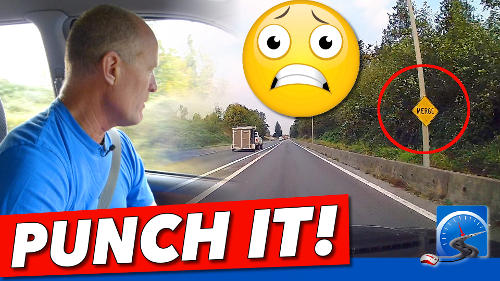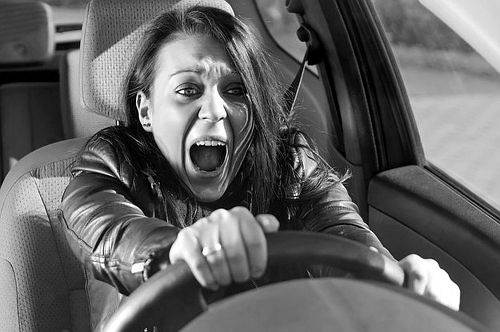Stay safe at higher speeds with these life-saving tips!
2 Highway Driving Skills That You Can't Drive Without
Chapters
00:00 - How Much Can I Speed Before Police Pull Me Over
01:34 - 2 Techniques to Employ When Driving on the Highway
04:13 - How to Deal With Faster Speeds on the Highway
05:48 - Stay Out of the Clusters of Vehicles on the Highway
07:00 - How to Predict Other Road Users’ Behaviour
08:33 - Observation & Shoulder Checking Are Important on Highways
09:13 - Learn How to Use the Bloody Cruise Control
10:27 - If You Can’t Change a Tire Get Roadside Assistance
11:19 - How to Merge Correctly onto a Freeway
13:09 - Roadside Assistance & Your Insurance
13:22 - Documenting a Crash With an Old Phone
15:03 - Where Can You Use Cruise Control?
15:56 - Can I Exceed the Posted Speed Limit to Pass on a Driver’s Test?
17:01 - Never, EVER Stop on an Acceleration Lane!!
24:53 - Will I Fail My Driver’s Test if I Make a Left on a Yellow Light?
26:57 - Parkway On-ramps are Different Than Freeways
29:50 - Why Do We Shoulder Check When Turning Left
33:48 - What is Social Driving?
35:36 - Too Many Drivers Freak Out on the Driver’s Test
42:49 - How to Determine Your Following Distance on the Highway
49:34 - How Do You Get Comfortable With Semis & Large Vehicles on the Highway
54:59 - How to Overcome Fear & Anxiety When Driving on the Highway?
58:20 - Blooper
Introduction
Even though driving on the highways is less risk than driving in cities, crashes are often fatal.
Practice and implement these 2 driving practices and you will significantly reduce your chances of being involved in a crash on the highway.
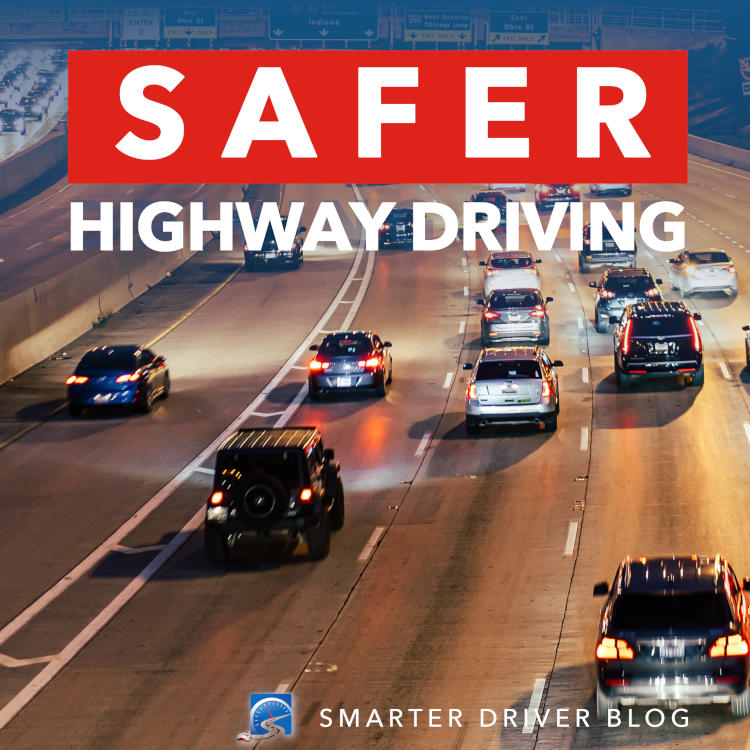
1) Maintain a 3 to 4 second following distance.
2) Stay out of the clusters of vehicles.
These are important skills that are going to significantly reduce your chances of being involved in a crash on the highway.
Cruise Control
Also, learn to use cruise control so that you can reduce your distractions.
Also, you can use cruise control to maintain a constant speed.
This contant speed will reduce the chances of speeding tickets.
When using cruise control, keep you finger near the "cancel" button when the traffic situation required you to slow.
Set your speed so it's a few miles per hour less than the traffic flow.
Pick you spot on the on-ramp and get up to speed quickly on the acceleration lane.
For the most part, this technique will keep you out of the clusters of vehicles on the roadway.
With cruise you don't have to monitor you speed and can focus on the road, traffic patterns, and predicting the actions of other road users.
At night on cruise control, you can turn down your dash lights and reduce fatigue.
Adaptive cruise control and lane assist are great technologies that will increase safety.
Observation When Driving
When driving on highways, maintain a 360° awareness around you vehicle.

Give semi-trucks and other large vehicles plenty of room and pass quickly.
Where are other vehicles?
What vehicles are behind you when driving?
Do you need to move out of the passing lane to let other vehicle pass?
Too often clusters of vehicles are created because one driver refuses or doesn't move out of the passing lane.
Owing to the slow speed of that driver, clusters are created and cause dangerous driving situations.
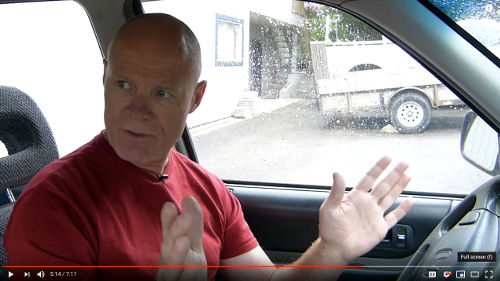
You have to move your head to observe correctly.
Also, if you are looking as far down the road as possible, you can read traffic patterns and predict the actions of individual road users.
By doing this you can maintain your 4-6 second following distance using just that throttle.
In other words you can avoid using the brake to control your speed.
If you're using the brake for anything other than:
1) Slowing in preparation to turn;
2) Slowing in response to other's turning
3) Controlling your speed on a downhill;
4) Or unexpected events.
Than you're following too close.
Increase your following distance to be a proactive, predictable driver.
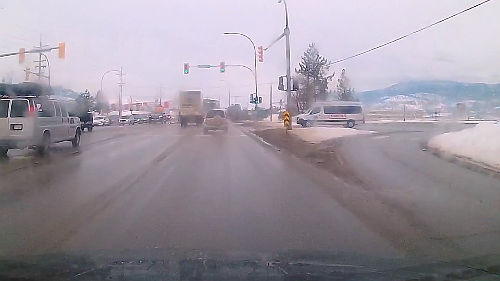
Locate intersections when driving. More than 40% of crashes happen here.
Get Out of the Left Lane Dummy
Space gives you time, time gives you options, options prevent crashes.
And space in front of your vehicle is something you can always control
Social driving however, dictates that we follow too close and stop too close in traffic.
And social driving also see us drive far too slow in the passing lane.
As mentiioned, if you're passing you must minimize how long you're driving in the left lane.
Blocking the left lane is why clusters are created.
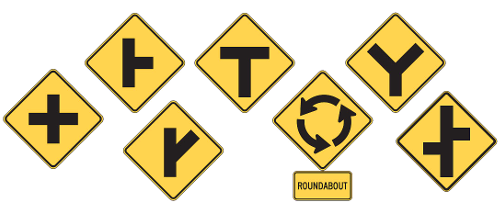
Traffic signs will help you locate intersections.
One of the fundamental skills when driving on highways is identifying other vehicles' speed relative to your own.
Knowing that a vehicle to the rear is going faster than yours is critical to know when you have to move back to the right to get out of the passing lane.
Emergencies
If at all possible, don't pull over on the side of the highway.
It's simply too dangerous.
If you can limp your vehicle to an off-ramp and an intersection where you can turn off the highway, that is going to be much, much safer.
If you're on a freeway or interstate, go to an off-ramp and get of the freeway.
If you have a flat tire, you can drive a short distance without damaging the tire.
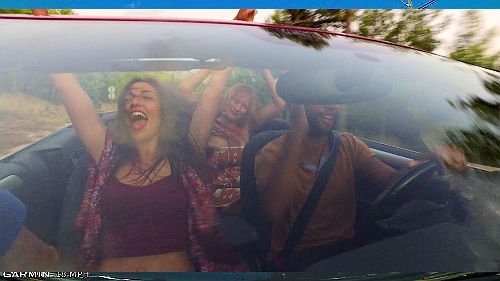
Reduce distractions in the vehicle - and yes, this includes talking friend and loud music.
Carry a phone charger cable in your vehicle so that you can call for help in the event of an emergency.
If you are stopped on the side of the highway, the "hood up" is a universal sign that your vehicle is broken down and you require assistance.
For approximately $100/year you can get roadside assistance.
Included in this package is tows, battery boosts and tire changes.
If you're not mechanically inclined, it is recommended that you purchase a roadside assistance package.

